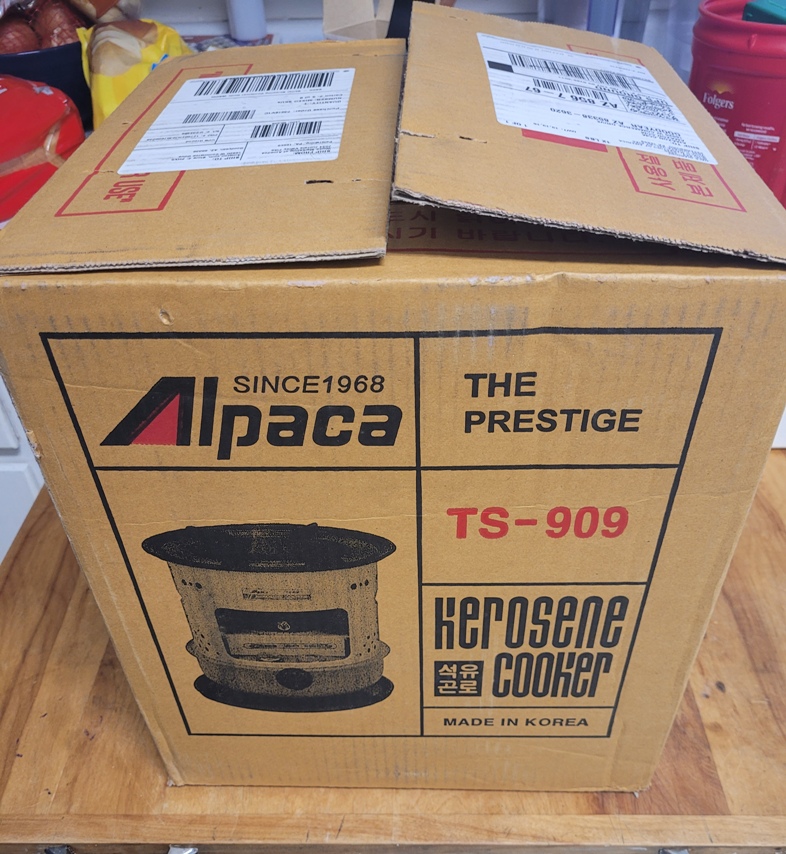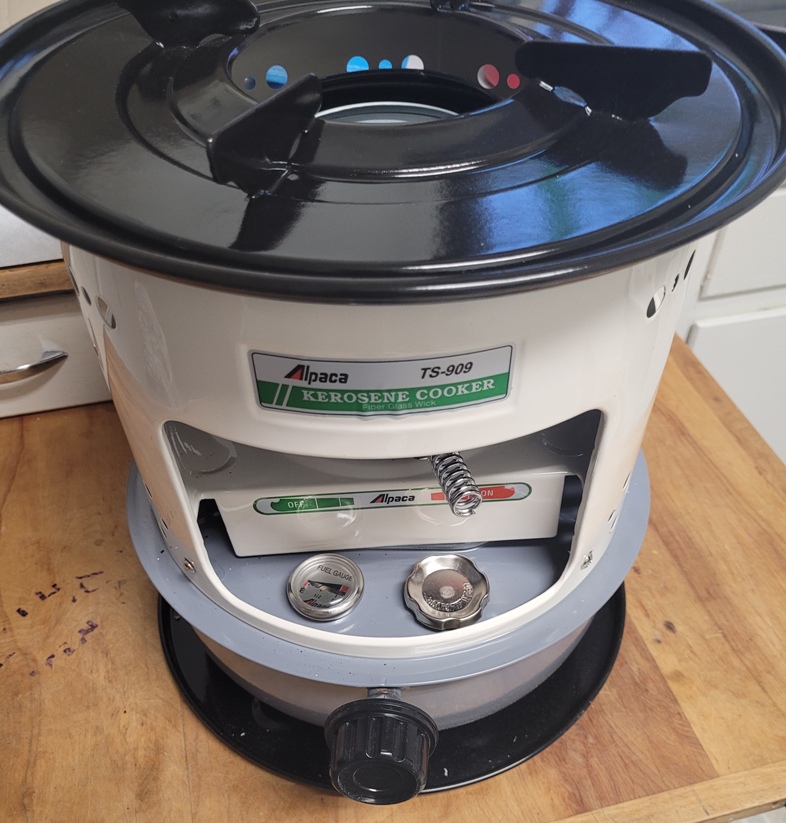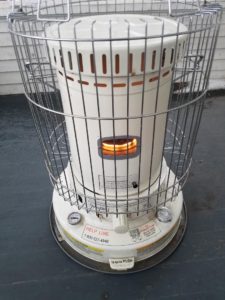I live in a house that is plumbed for natural gas. I use it for heat, cooking, and clothes drying. Broadly speaking, when the power goes out, I still have natural gas available for my use. However, this will not be the case in every circumstance. A power outage caused by a squirrel humping a transformer three blocks down the street will not affect natural gas delivery to my house… a large natural disaster or distrubance, on the other hand, may impact delivery. (Could be anything…union goes on strike, pipeline damage, etc, etc.)
So, to me, it makes sense to have another way to cook. And, really, cooking is a bit of a luxury in a crisis…I can live a long time eating unheated food out of its can. But, being able to create a big pot of steaming hot water…that has a tremendous value.
For my cooking needs I have a couple small camping stoves. One, a Coleman Peak 1 stove, will run on white gas or on kerosene. The other stove, a Primus multifuel, will run on literally any hydrocarbon I can find. But those are small stoves that don’t lend themselves to real cooking. Great for backpacking, though. I need to pick up a small two burner propane stove and that’s on the list as soon as I do some research. But…one thing I’ve wanted for a while is a kerosene stove. I have kerosene lanterns, kerosene heaters, and a rather healthy amount of kerosene on hand. Its the hottest burning of the liquid fuels, stores well, and is safer than gasoline. I can, and have, cooked on top of my kerosene heater but it doesn have nearly the heat control I’d like. So, whats the options look like for kerosene stoves?
Well, there’s a buncha sheet metal stamped kero stoves that are out of China and India. They all look a bit flimsy and their sharp edges of stamped steel could give you tetanus just by staring at them too long. But I did a bit of research and came up with this:

 Seems pretty solid. Not made in China or India, which is nice. If you get one of these, you really need to follow the one big cardinal rule of any kerosene appliance: when you fill it for the first time, or you are using a new wick, give the wick plenty of time to soak up fuel before you light it. Seriously. Fill it with fuel and then go forget about it for at least several hours. Otherwise trying to light it will only result in the wick burning rather than the fuel. Here endeth the lesson.
Seems pretty solid. Not made in China or India, which is nice. If you get one of these, you really need to follow the one big cardinal rule of any kerosene appliance: when you fill it for the first time, or you are using a new wick, give the wick plenty of time to soak up fuel before you light it. Seriously. Fill it with fuel and then go forget about it for at least several hours. Otherwise trying to light it will only result in the wick burning rather than the fuel. Here endeth the lesson.
Like most kerosene appliances, there is some smell when you start it up and when you shut it down. I’d normally say you would want to do those procedures outside but I think this is a product that you really should be using in a wildly well ventilated space…like maybe a garage with the door up.
It takes a bit of fiddling and adjusting to get things just the way they should. What youre looking for is for a blue gas-like flame. Not the cheery yellow of a kerosene heater. It takes a little learning curve to figure out just how much or how little wick to give it, etc, but once youve got it dialed in the results are pretty good.
I was able to put a covered dutch oven with one liter of cold water on this and it had it at a rolling boil in seventeen minutes with an ambient outside temperature of 37 degrees. I’d imagine that building a screen or shield around it to keep the cold away would help quite a bit.
I see this as a choice for tailgating, car camping, picnic tables, and other outdoor venues where you want a long-burning heat source to cook with. In a crisis, I’d see no trouble sitting in my yard boiling up water for freeze drieds or frying something. I suppose that i a well ventilated indoor space you might be able to use it, but I’m going to have enough problems going on around me at that point to want to add another one like CO poisoning.
I got mine offa Amazon for about $140 and I think that was about the right price for that. The build quality seems better than what I’ve seen in the China/India versions, and it appears well made although realistically it isn’t a terribly complicated device. As always, while you’ve got your wallet out go pick up a spare wick because.
For me, since I’m a bit heavy on kerosene, this was a good choice for an alternative cooking method. A small propane stove would probably be more efficient and easier to work with, but I have a lot of kerosene so for me this makes sense. I’m still going to get a small two-burner propane stove that runs on the 1# bottles, and when I do I will report back on it. In the meantime though…I rather like the cheery heat and warmth of kerosene.

